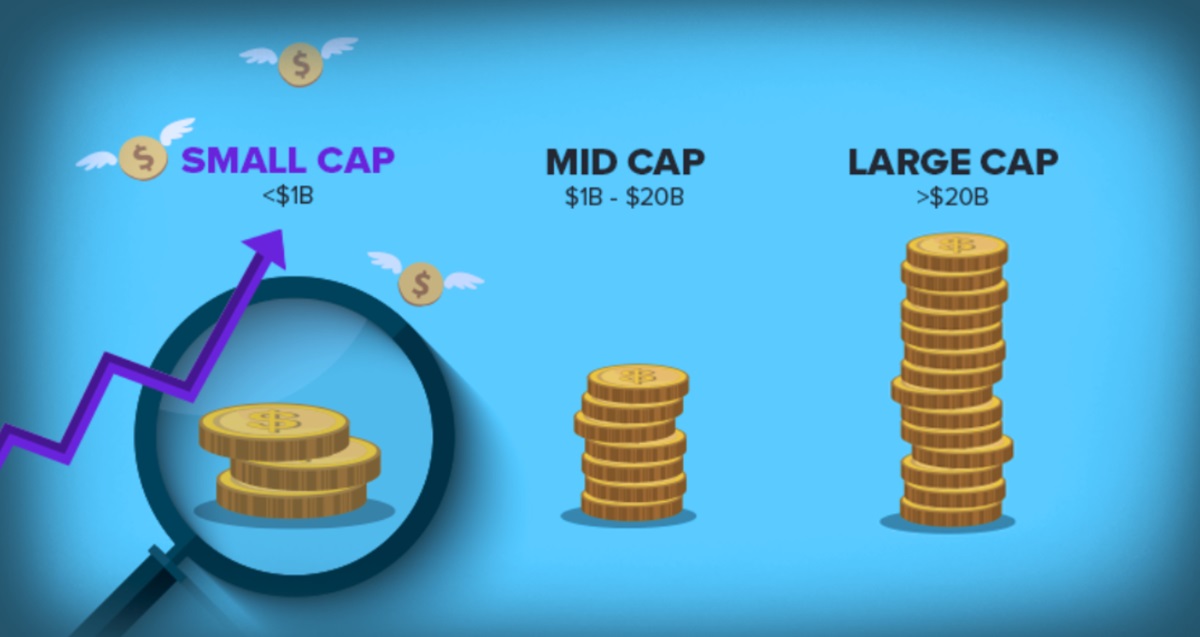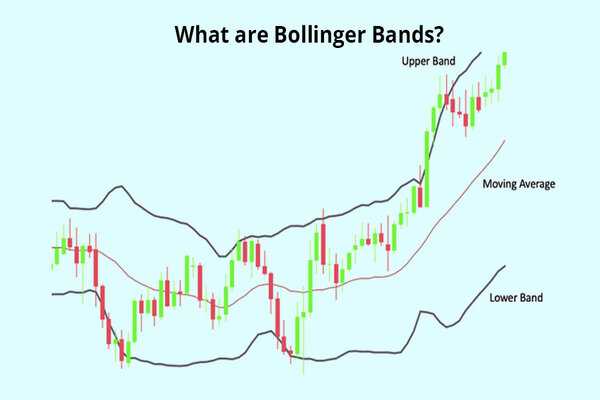When it comes to investing, most people immediately think of big names like Apple, Amazon, or Tesla. But what if I told you that some of the most exciting opportunities lie in smaller, lesser-known companies? Enter small-cap stocks—a fascinating corner of the stock market that often flies under the radar but can offer significant rewards for those willing to take a closer look. If you're new to investing or simply curious about such stocks, this guide will walk you through the essentials, from what they are to how you can identify promising opportunities.
What Are Small-Cap Stocks?
In simple terms, a small-cap stock is a company with a relatively small market capitalisation. A market cap is the total value of a company's outstanding shares, calculated by multiplying the current share price by the number of shares in circulation.
For a company to be classified as a small-cap stock, its market cap typically falls within the range of £300 million to £1 billion (or roughly $300 million to $1 billion, depending on your currency).
This is in stark contrast to large-cap stocks, which represent well-established companies with market caps of £10 billion or more, and mid-cap stocks, which usually fall somewhere between £1 billion and £20 billion. So, while small-cap stocks tend to be younger, less stable, and more volatile than their larger counterparts, they also offer the potential for substantial growth.
 You might wonder: can you name a few small-cap companies? Sure! Well-known companies under this category might include the likes of Plug Power, a clean energy company, or Under Armour, when it was first starting to make a name for itself in the sportswear industry. These businesses weren't always the household names they are today, but they grew from their humble beginnings as small-cap players.
You might wonder: can you name a few small-cap companies? Sure! Well-known companies under this category might include the likes of Plug Power, a clean energy company, or Under Armour, when it was first starting to make a name for itself in the sportswear industry. These businesses weren't always the household names they are today, but they grew from their humble beginnings as small-cap players.
Why Invest in Small-Cap Stocks?
If you're considering whether small-cap stocks are worth the risk, it's important to understand what drives investors to these kinds of investments in the first place. One of the most attractive aspects of such stocks is their high growth potential. Because these companies are generally in the early stages of growth or operating in emerging sectors, they have the potential to grow at a much faster rate than their larger counterparts. Think of them as the start-ups of the stock market—if you back the right one early, the rewards can be significant.
Another reason investors flock to such stocks is the opportunity to tap into emerging industries or niche markets. Small-cap companies are often innovating in areas that larger, more established companies may be slow to explore. Whether it's green technology, biotech, or new media, small-cap stocks give you a chance to get involved in markets that could be poised for major growth in the coming years.
Additionally, small-cap stocks can offer diversification benefits to your portfolio. Large-cap stocks can make up the bulk of many investors' portfolios, so including some small-cap ones can balance things out. They tend to behave differently from larger stocks, which means they might perform well when other stocks aren't. In other words, they can be a good way to hedge against the risks in the broader market.
Risks of Investing in Small-Cap Stocks
While small-cap stocks have plenty of upsides, they also come with their fair share of risks. One of the main risks you'll face when investing in smaller companies is the higher volatility that often comes with them. They tend to be more sensitive to price fluctuations, sometimes swinging wildly in response to news or market trends. While this volatility can create opportunities for large gains, it also opens the door for substantial losses if things don't go as planned.
Another factor to keep in mind is the limited resources of smaller companies. Unlike large-cap stocks, small-cap businesses may not have the same level of financial backing, which means they might struggle to weather economic downturns or unexpected market shifts. On top of that, their lower liquidity—meaning there may not be as many buyers and sellers for their stocks—can make it harder to get in or out of a position at the price you want.
And then there's the economic sensitivity. Smaller companies can be particularly vulnerable to shifts in market sentiment. If the economy takes a turn for the worse, small companies often suffer more than larger ones due to their limited financial cushion. This makes investing in small-cap stocks more of a risk for those who don't have the stomach for market volatility or who are relying on short-term gains.
How to Identify Promising Small-Cap Stocks
So, how can you go about picking the right small-cap stocks for your portfolio? Like any investment, you'll need to do your research and keep a close eye on key metrics. Start with revenue growth—small companies that are growing their sales at a rapid pace are often on the right track. A strong track record of increasing revenue can suggest the company is expanding its market presence and potentially gaining traction in its industry.
Another important factor to consider is profit margins. Even small companies can be profitable, but you want to ensure they're not just growing revenue but doing so efficiently. If a small-cap stock has healthy profit margins, it could indicate that the company has a competitive edge or a business model that is likely to succeed.
You should also look at the company's debt levels. Small-cap stocks can struggle with debt, as they may have trouble securing financing from traditional sources. A company with too much debt might face financial difficulties, especially in tougher economic conditions. Low debt levels can be a sign of a solid, more sustainable business.
In addition to these financial metrics, it's important to pay attention to the broader industry trends in which the company operates. Does the company operate in a sector that is growing? Are there any major shifts that could affect its growth prospects? A company that's part of a rising trend—like renewable energy or artificial intelligence—may have more potential for growth than one that's stuck in a declining sector.
Finally, consider whether the company has a competitive advantage that will help it stand out from the crowd. Does it offer something unique? Do they have strong branding, intellectual property, or a loyal customer base? The more sustainable its competitive advantages, the more likely it is to succeed in the long run.
When it comes to research, there's no shortage of resources. You can use financial news sites, stock screeners, or even platforms like Bloomberg or Morningstar to dig into small-cap stocks. Many of these tools allow you to filter stocks based on specific metrics like revenue growth, debt ratios, or profit margins, helping you narrow down the best prospects.
Disclaimer: This material is for general information purposes only and is not intended as (and should not be considered to be) financial, investment or other advice on which reliance should be placed. No opinion given in the material constitutes a recommendation by EBC or the author that any particular investment, security, transaction or investment strategy is suitable for any specific person.


 You might wonder: can you name a few small-cap companies? Sure! Well-known companies under this category might include the likes of Plug Power, a clean energy company, or Under Armour, when it was first starting to make a name for itself in the sportswear industry. These businesses weren't always the household names they are today, but they grew from their humble beginnings as small-cap players.
You might wonder: can you name a few small-cap companies? Sure! Well-known companies under this category might include the likes of Plug Power, a clean energy company, or Under Armour, when it was first starting to make a name for itself in the sportswear industry. These businesses weren't always the household names they are today, but they grew from their humble beginnings as small-cap players.



